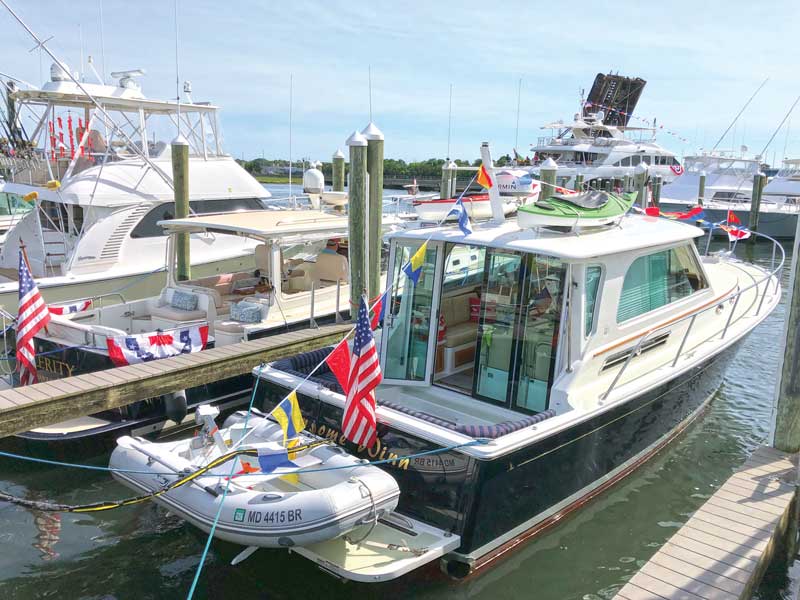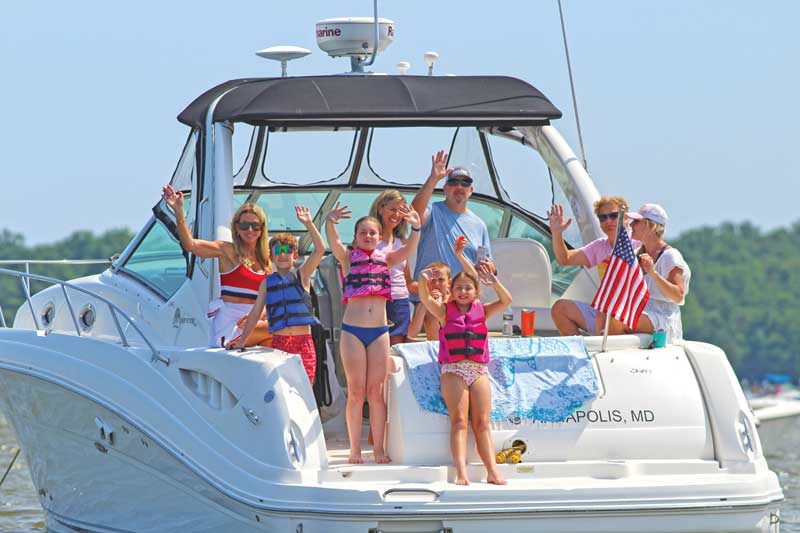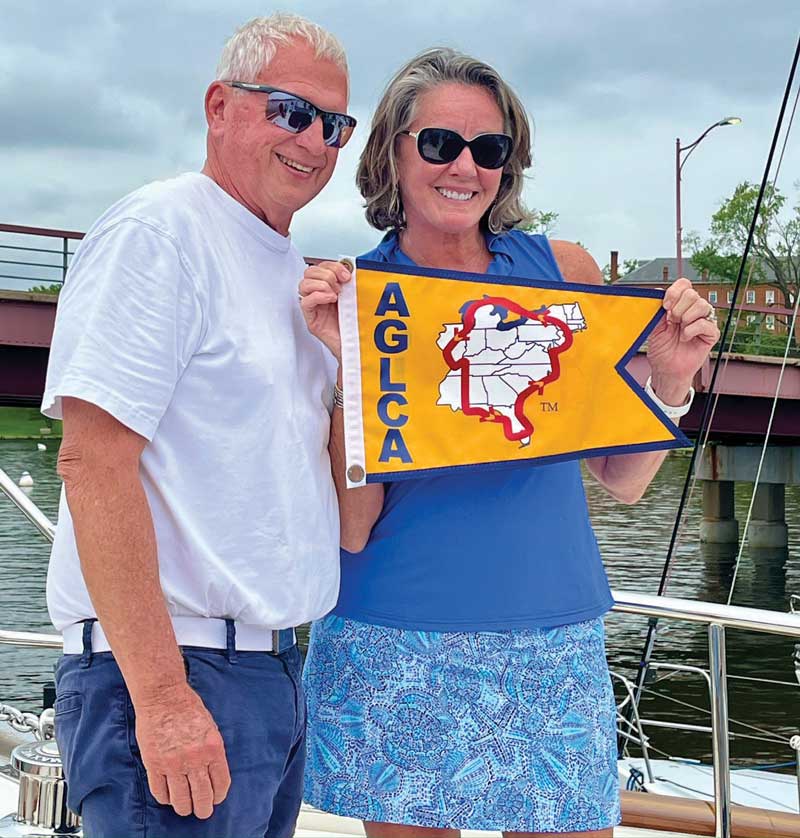Your mission, should you choose to accept it, is to use your boat until you use it up.

Some of you are old enough to remember Mission Impossible, the TV show that originated in the late ‘60s. You would have to be living under a rock to have missed the 1996 movie of the same name, and the six sequels since, all starring Tom Cruise.
In the TV series, the protagonist and leader of a secret team of spies is James Phelps, played by Peter Graves. Of course, you know that it is Ethan Hunt, played by Tom Cruise in the movie series. Typically, the story starts when they get a self-destructing message about the impossible mission they need to make possible.
Sadly, for some of us, using our boats is sometimes a mission impossible. The world out there seems, at times, to conspire to keep us off the water. Maybe it is the job, our kids’ schedules, our health, boat mechanicals, or just bad weather. Honestly, if you want to use and enjoy your boat, it takes work on so many levels.
Included in the traps that keep us from using our boats is boat maintenance. While very important, there exists among us a sub-group of boat owners who spend more time cleaning, fixing, and improving their boat, rather than cruising. The boat brokers call them “boat builders.” I admit it can sometimes be good to buy a boat formerly owned by one of them. Still, it is a bit sad…

Another sub-group could be labeled the “investors.” They consider future value as they make boating plans. They may actually avoid a cruise opportunity to keep hours off the engines.
Let’s be honest, a boat is a depreciating asset. It is an investment in life, not your financial future. It is not going to deliver a plus to your net worth or bolster your retirement income. That is what a 401k is about. Your boat delivers ROI (return on investment) in smiles, not dollars.
A word here about diesel engines. Common wisdom is that most should be good for at least 5000 hours before needing a comprehensive overhaul. I bought a used pick-up truck recently. It had 88,000 miles on the odometer. Interestingly it has an hour meter. Those miles equated to about 2200 hours in the engine. Roughly translated, 5000 hours on your diesel engine is like a car with 200,000 miles. That fits.
Now let’s examine how fast you can accumulate boat engine hours. Sadly, for many of us, our boats get less than 50 hours a year. And we all know of boats that just sit in the slip and get almost no hours each year. They bring new meaning to the term “wasting asset.”
In 2024, my lovely wife and I logged about 280 engine hours on our boat. In those hours we covered over 4000 miles, including a round trip to Florida and a round trip up the Hudson into Lake Champlain. I don’t know how long we can keep that up, but say it is ten years. In that window, that engine would barely be at half-life.
A boat with 5000 hours has been around. It likely still has life in it but will want some serious work. Let me suggest that your boat will never get close to that. Your job as a boat owner, your goal, should be to use that boat up. It won’t happen, but it is an admirable goal. Let’s examine some of the ways you can try.
Every year Chesapeake Bay folks complete the Great Loop, a more than 6000 mile circumnavigation of the eastern US. Finishing that landmark journey in 2024 were Annapolitans Gary and Carol Zierhoffer. They took their time and covered the distance in just about exactly one year. By the numbers, their trip was 6571 miles, 97 locks, two countries, 20 states, 360 days, and 5771 gallons of fuel. They put roughly 830 hours on the twin engines of their Fleming 58 Legacy.
I am willing to bet they wouldn’t trade that experience for the world.

You don’t have to spend a year and take on the Great Loop to work towards using that boat up. You can try the Downeast Loop (a 2000-mile circumnavigation of New England states plus Nova Scotia and New Brunswick provinces, easily accomplished in a summer).
Maybe try the mini-loop in Florida (550 miles in south Florida including crossing Lake Okeechobee and circumnavigating the Keys). You can do that in a week or two. A trip down the Bay into North Carolina to the Albemarle Loop can cover 400 miles. Done at a leisurely pace it can occupy you for three weeks. Maybe something not a loop? The Upper Chesapeake to south Florida for the winter season is a 2200-mile round trip. I strongly recommend your consideration of that option. A multi-week run up the Jersey coast through New York and into lovely Long Island Sound can be a thousand-mile round trip and well worth the effort.
I surely don’t want to overlook the Bay. It is one of the best cruising grounds in the world. A circumnavigation of the Bay, while taking time to smell the roses, can take a month and cover 300-400 miles.
True enough, this dream/commitment is not easy to fulfill. My wife and I have cruised with kids and managed their busy schedule. We held demanding jobs. All that initially limited us to mostly weekend cruising on the Bay. But the kids grew up. The jobs faded with retirement.
In the last 10 years we have covered over 22,000 nautical miles on three different powerboats reaching from the Canadian border to far South Florida. If you can hold the dream in your heart while you work through the things in life that come between you and the boat, you are on your way.
As you can tell from my Mission Impossible reference, I like to derive philosophy from pop culture. The Aussie/Christian/pop band, King and Country has a song from a couple years back titled
“What are we waiting for?” Mashing parts of the chorus and verse together you can get the following questions and commentary:
“What are we waiting for? Why are we wasting all the time like someone’s making more?
“The beauty of it is, we’ve just one life to live, and no one knows what happens next…
“So, what are you waiting for?”
May I humbly suggest you take this little bit of pop culture philosophy to heart. It is springtime. A cruising summer beckons. Your mission, should you choose to accept it, is to use your boat until you use it up.
By Mike PItchford